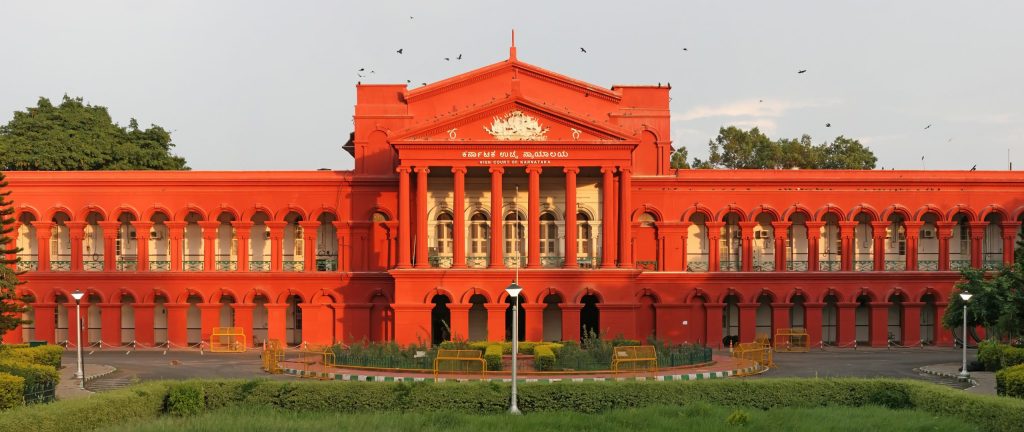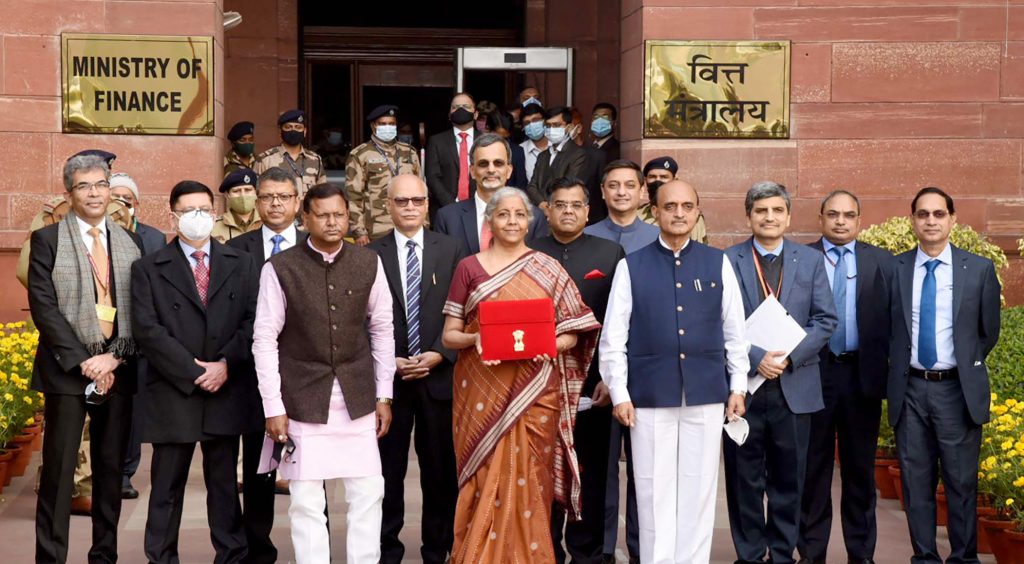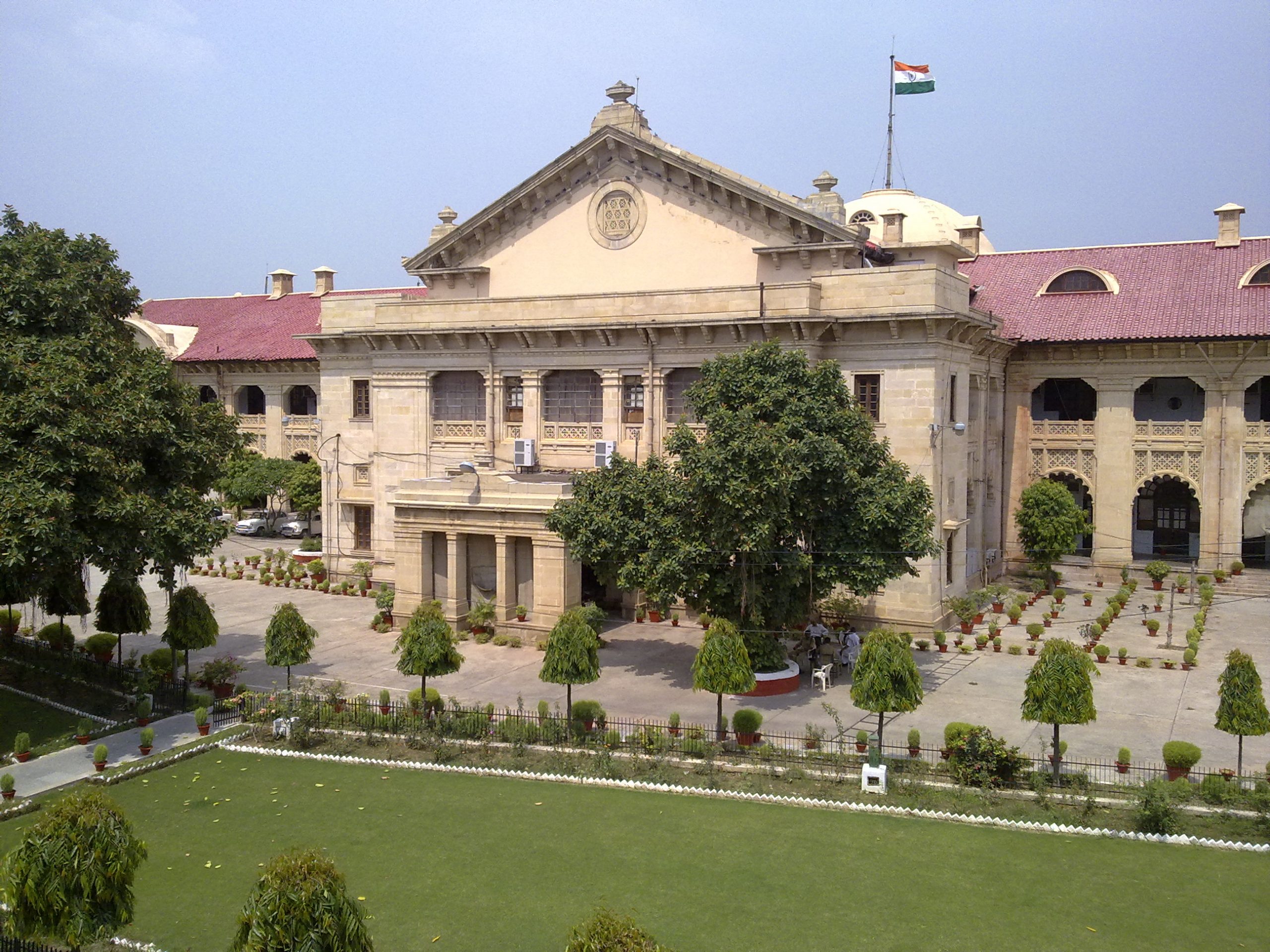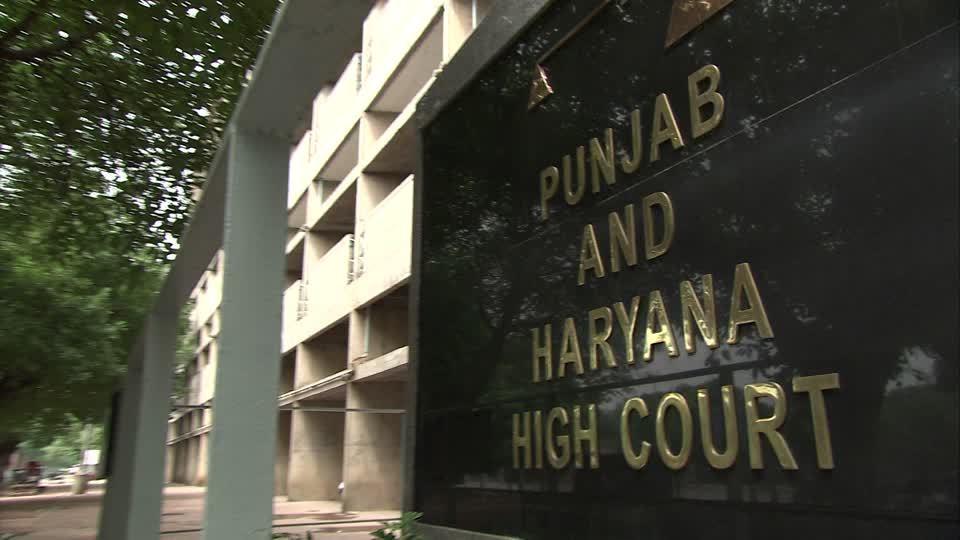Now Reading: Era of Defiance: Right to Free Speech & Expression
-
01
Era of Defiance: Right to Free Speech & Expression
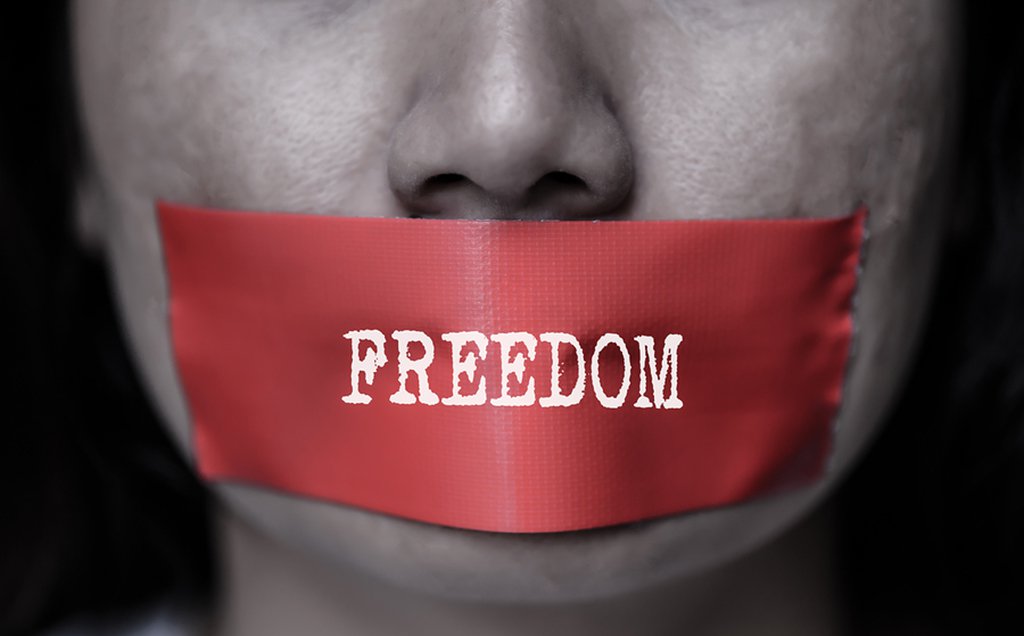
Era of Defiance: Right to Free Speech & Expression
Media is the most important and a persuasive factor for a society and especially important to democratic systems around the world. Media is a communication channel for dissemination of ideas, thoughts, facts and any other relevant information in form of news, entertainment, education, data, or promotional messages. The development of the phenomena of “emergence of press” as the fourth estate /pillar of democracy has gained popularity. It is the collaboration of media and civil society that helps in strengthening the process and structures of good governance. Media encourage self-government by exposing people to different ideas, increasing people’s capacity to exercise rights concerning citizenship, judgment as well as scrutinizing the government. In majority countries, the media is controlled by concerned governments, which uses it or have an effect over it, to serve its own interest. This hold of state machinery over channel of communication affects ordinarily, either by way of Censorship or by employing the method of Propaganda.[1]
Censorship is the process of imposing some sort of limitation, directly or indirectly by government or otherwise on the exercise of one’s right to free speech, media being one of its facets. The word ‘Censorship’ is derived from the Latin word ‘cernere’ meaning to estimate, rate, assess, to be of opinion.[2] The above assessment is based on the parameters of right and wrong, dos or don’ts or majority or hegemonic constructions. The concept is categorised into two; political and moral censorship.[3] The political censorship is one concerned with nature of governmental policies and conduct where as the moral censorship relates creation of social or moral taboos, manifested through interpretations of norms of social conduct and the notion of obscenity.
There exist two lines of thoughts considering the concept of Censorship, one perceived as an unnecessarily curbing the basic right of liberty (Liberal) and the other as it being a necessary evil to limit the right as against the greater community rights (Conservative).
The conservative approach as supported by numerous philosophers, one of many is Stanley Fish[4] who stated that “There’s No Such Thing as Free Speech” on the basis of Foucault censorship analysis. He further opined that free speech “has never been general and has always been understood against the background of an ordinary exclusion that gives it meaning. Richard Burt establishes that censorship has always been present among various regulatory agents and practices.[5] Sue Curry Jansen too suggested on similar tenet the regulative structure of censorship and its importance for societal good. Under the said line of thought, a justification for the process of censorship is as against the abuse of the right to free speech.[6]
Jean Jacques Pauvert thought that[7] “Censorship is one of those convenient words which are widely used today because they allow people to seem, with a minimum of effort, decent and right-thinking, the same as everyone else these days. The Left, the Right and the Centre all agree that one should be anti-censorship, anti-war, anti-racism, pro-human rights or freedom of expression.” Freedom of speech is the essential right in the system of governance and of absolute value to democracy as described by Eurípedes. Advocating the absolute right of free speech, it is argued that the right must be permitted even if in deviation with traditional values, and censorship should be used only in exceptional cases.[8]
Analysis
The concept of censorship today is a tool at the hand of the governing power as George Bernard Shaw once said that “censorships exist to prevent anyone from challenging current conceptions and existing institutions”. Globally, the authoritarian governments and their political allies happen to censor or block content that might undermine their grip on power. Considering India, where right to free speech is an established right enshrined in the constitution with certain restrictions. Even in the country there have been upraise systematic violation of the right to speech by authorities and at times by other entities. There have been many instances lately involving the facet of abuse of censorship in self interest in one form or the other:
1. Yakub Menon interview episode[9]: Three TV news networks were threatened cancellation of licence as they were accused of violating the broadcasting regulations by airing interviews of criticism on Menon’s hurried execution.
2. Shehzad Poonawalla’s ‘Myth-busting article’ on Gujarat was removed after going viral and also a DNA article titled Mamata Banerjee calls Narendra Modi ‘butcher of Gujarat’; on 2002 Godhra riots” was removed by DNA on April 30th, just hours after it was put up. The reason was never made clear.[10]
3. Withdrawal of the book, The Hindus[11]: An Alternative History after aggressive opposition by the right-wing political groups and subsequent filling of a case by Dinanath Bharat, leader of the Siksha Bachao Andolan as he thinks it was insulting to Hindu Gods and distorted history.
4. Tamil writer Perumal Murugan, made a statement that he was dead as a writer and later withdrew all his books from the bookstores as he was forced to issue an unconditional apology for his book “Madhurubagan” (One Part Woman) after certain right-wing groups and some other groups protested. The book was published in 2010 with a fictional story about the struggles of a couple in Kongu. The book discusses the festival of Ardhanareeswarar Temple in which till 50 years ago, childless married women could indulge in sex with any stranger of their choice. If a child was born as a result of this act, he would be welcomed by the husband and his family as a blessing from God. The author had to face many hardship and violence and was force to leave his home town with his family. Though his right of Free Speech was very much recognised by the Madras High Court.[12]
5. There have been many movies and some documentary films which have witnessed protests and opposing, alleged to have hurt religious, cultural and social sentiments. Few to be named[13] Padmavat, RamLeela, Ram Ke Naam, Lipstick Under My Burkha, Udta Punjab, renaming of Sexy Durga to S Durga, PK and most recent being Manikarnika.
6. Fatwa issued on the famous author Salman Rushdie for his controversial book Satanic Verses.[14]
7. On December 7, 2011, the Times of India revealed, as per a Google transparency report, that Google was asked to remove around 358 items by the Government of India, 255 of which were said to criticize the government. The transparency report added that the government had asked Google to remove 236 items from Orkut and 19 items from YouTube for the same reason.[15]
8. NDTV was blacked out because of the one day ban issued by government’s order in violation of the programme code, which didn’t allow news channels to report terror incidents but can report only via a periodic live briefing by an officer designated by the government. The ministry claims that NDTV India revealed sensitive information during the Pathankot attack but channel claim to have reported only those facts and details which have already been revealed by the government spokesperson himself.[16]
Under the Indian jurisdiction, the right to freedom of speech and expression is provided under Article 19 (1) of the Indian Constitution.[17] The Clause (2) of the Article provide that Nothing in subclause (a) of clause ( 1 ) shall affect the operation of any existing law, or prevent the State from making any law, in so far as such law imposes reasonable restrictions on the exercise of the right conferred by the said sub-clause in the interests of the sovereignty and integrity of India, the security of the State, friendly relations with foreign States, public order, decency or morality or in relation to contempt of court, defamation or incitement to an offence.
Further, the limitations on this right are provided by the following provisions:
SECTION 153 A of IPC[18]; punishes person who indulge in wanton vilification or attacks upon the religion, race, place of birth, residence, language etc of any particular group or class or upon the founders and prophets of a religion.
Ingredients of Section 153A:
The act of promoting enmity between different groups on grounds of religion, race, place of birth, residence, language, caste, community or any other group; or if the act disturbs public tranquillity. Acts causing fear or alarm or a feeling of insecurity among members of any religious, racial, language or regional group or caste or community by use of criminal force or violence against them.
Section 295 A[19]; punishes for deliberate and malicious acts intended to outrage the religious feelings of any class by insulting its religion or religious beliefs. This section only punishes an aggravated form of insult to religion when it is perpetrated with deliberate and malicious intention of outraging the religious feelings of a class.
Ingredients of Section 295-A:
The accused must insult or attempt to insult the religion or religious beliefs of any class of citizens of India. The said insult must be with a deliberate and malicious intention of outraging the religious feelings of the said class of citizens. The said insult must be by words, either spoken or written, by signs or by visible representation or otherwise. The offence under Section 295-A is cognizable and a non-bailable and non-compoundable offence. The police have power under to arrest a person charged under Section 295-A without a warrant.
The Information Technology Act also provides protection for any offensive act of communication service, send by means of a computer resource or any other such device. However Section 66A of the act initially provided for the punishment for the above-described offence but was scraped out of the act being arbitrary and unconstitutional in the landmark judgement of Shreya Singhal v. Union of India.[20] While Section 69[21] of the act authorises mass surveillance and permits the authorities to “intercept, monitor or decrypt or cause to be intercepted or monitored or decrypted any information generated, transmitted, received or stored in any computer resource.
There are other regulations as well, providing the restrictive legislation with regard to media in its different forms, some are; The Cable Television Network (Regulation) Act, 1995, The Cinematograph Act, 1952 and The Foreign Contribution (Regulation) Act, 2010 etc.
Propaganda
As defined by Bartlett, Propaganda is an attempt to influence opinion (especially social opinion) and conduct in such a manner that the persons who adopt the opinions and behaviour indicated do so without themselves making any definite search for reasons. Propaganda must be defined by its aims[22]. Its very nature can affect the social, cultural and economic thinking and action s of masses and can have serious consequences. James Reston discussing on propaganda said that “We have no right to twist the mass of facts into forms which are exciting but misleading; to take out of it that portion that conforms to our prejudices, to preserve the shocking or amusing, and to leave out the dreary but important qualifications which are necessary to essential truth”.[23]
Analysis
Propaganda has become a popular means for governments to modulate information to their advantage rather than opting for complete banning that piece of information by the process of censorship. It is precisely because of press freedom’s central importance to democracy and viability of censorship in the new age of digital media & globalisation that the new generation of authoritarian leaders has taken the shift to former.
Russia
Russia is one country that has developed excellent strategies and methods of media domination. The Russian media environment has been transformed to one dominated by blatant propaganda on the most sensitive topics. The narrative of Russian news coverage, that in the wake of Russia’s occupation of Crimea and invasion of parts of Ukraine and to other much broader set of events: depression in oil prices, downgrading of Russia’s credit ratings, political change in Ukraine, Russia’s Olympics doping scandal. Every problem, Russians are confronting is due to American plots and manoeuvres.[24]
The Russian government regulatory system features commanding control over the National Television Stations. The government employ the tactics of meting out a political meaning for an apolitical matter. For instances coverage of the penalties imposed on Russian Olympic athletes for systematic doping reflected the leadership’s position that the scandal was a product of American intrigue. The media has been given a central role in demonizing Putin’s critics, preparing the Russian people for armed conflict in Ukraine and elsewhere, depicting Europe as morally corrupt, and attributing Russia’s problems and setbacks to the United States.[25] With the invasion of Ukraine in 2014, the world awakened to the return of propaganda as an instrument of warfare. This is not just normal political spin or public diplomacy, but sheer, raw propaganda that deliberately crosses the line between interpretation of facts and outright mendacity.
China
The Chinese government has always openly argued for the right of political leadership to censor internet content and advocated redrawing of global rules on internet freedom so as to enshrine the concept of internet sovereignty, according to which individual countries would independently choose their own path of cyber development and model of cyber regulation. For last few years, the Chinese state administration have been harsh and targeted, arrested, prosecuted bloggers and other media personalities. The machinery of repression was directed only against those who had used the platforms to criticize the leadership or its policies.[26]
The advent of the internet has given rise to the rapid and easy dissemination of information. Within the pre-digital dictatorial state, entertainment, pop culture, and news could be controlled to the point where little was allowed beyond direct or indirect influence of the propagandist. Despite attempts from the government to control the flow of information through methods such as firewalls and deletion of posts, there is little stopping the everyday citizen from learning about the very things their governments try to shut out. Chinese government confronts information that conflicts with its objectives. For example, popular social media platforms like Facebook, Twitter, and YouTube have been effectively replaced with Renren, Weibo, and YouKu, which comply with state-mandated censorship standards.[27]
North Korea is an extreme example of propaganda. The kind of propaganda used by Kim Jong Un is comprehensive. There has been great dis-connectivity of the people in the region to the international world. A study in December of 2014 showed that there are only 1,024 known IP addresses in the country, compared to the 1.5 billion ones in the United States, suggesting a very low citizen internet usership. The market of the state, popular entertainment, and news outlets, is largely focused anti-West ideology under its propaganda scheme.[28]
Gujarat Government’s right wing ideology propaganda
Dina Nath Batra’s Books have been recommended by the Gujarat Government in Schools of Gujarat. This has been done as attempt to Indianize education in line with Right Wing ideology. This has attracted attention of many historians, who have heavily criticized the book to be nothing but a fantasy and there is no reality intact in it. [29]
Conclusion
Rodney O. Smolla[30], while describing the significance of free speech in a democracy stated, free speech serves five purposes in a democracy: (a) As a means of participation, (b) Serving the purpose of truth, (c) Facilitating majority rule, (d) Providing restraint on tyranny and corruption by keeping the government in check, and (e) ensuring stability by allowing minority voices to heard. The right to free speech is one the constitutional guarantees of liberal democracies, which is also a recognized right under all the known International human rights instruments. In India it is one of the fundamental rights enshrined in the Indian Constitution with of course a limited restrictions in the interest of public good.
The modern age approach of states in disseminating and controlling information has caused serious ramifications on this right to free speech. Considering the case in India, where time and again media is being used to propagate by government at majority times or is restricted in the name of cultural and religious beliefs (In 1952, broadcasting minister B.V. Keskar purged the radio transmission of film music because he thought it was too vulgar, during the Emergency, Indira Gandhi abused the government’s monopoly by ceaselessly broadcasting propaganda or Karni Sena or other religious group pose nuisance in the name of religious sentiments). In China, selective censorship of politically contentious material has limited the freedom of expression, therefore giving rise to uneasiness regarding what can and cannot be said in public. In Russia, institutionalized propaganda and censorship mechanisms have perpetuated a misinformation narrative. In the extreme case of North Korea, the intensity of the threat of communication is clear and there yet many more cases to be dealt in. In all cases, there is a growing concern about the tension between modern propaganda and access to information & that of censorship and the freedom of speech.
Further, as the communication facilitated by globalization and technological improvement proves it to be irrepressible and inevitable, states have responded in a variety of ways. But in nearly every incidence, censorship accompanies wholly crafting new information to be accepted in mainstream media and culture. All these tactics have impacted in undermining the openness and independence of media, which is the bedrock of democracies.
[1] GOVERNMENTAL THREATS FOR MEDIA FREEDOM: COMPARATIVE STUDY OF ASIAN COUNTRIES, Author(s): Naveen K. Mishra Source: The Indian Journal of Political Science, Vol. 69, No. 1 (JAN. – MAR., 2008), pg. 149 Published by: Indian Political Science Association Stable URL: https://www.jstor.org/stable/41856399 Accessed: 26-01-2019
[2] David Tribe, Questions of Censorship 36 (George Allen & Unwin , California 1973)
[3] Robert Justin Goldstein, Political Censorship vii-viii (Fitzroy Dearbrown Publishers, London, 2001).
[4] Stanley Fish, There’s No Such Thing As Free Speech (OUP New York, 1994).
[5] Richard Burt (ed.), The Administration of Aesthetics : Censorship, Political Critiàsm Sphere (University of Minnesota Press, Minneapolis, 1994)
[6] Sue Curry Jansen, Censorship: The Knot That Binds Power and Knowledge 221 (OUP, New York, 1991).
[7] Pauvert, Nouveaux (Et Moins Nouveaux) Visages de la Censure at 7 (Translation in Nicholas Harrison, Circles of Censorship: Censorship and its Metaphors in French History, Literature and Theory 1 (OUR London, 1995)).
[8] Ann N Michelini, “Political Themes in Euripedes’ Suppliants 115 (2) Am. J. Phil. 219.
[9]https://www.newslaundry.com/2015/08/11/notices-to-abp-ndtv-and-india-today-for-questioning-memon-judgement-did-they-not-see-the-other-channels-doing-the-same
[10] https://scroll.in/article/670367/dnas-explanation-about-its-self-censorship-is-not-convincing
[11] https://www.bbc.com/news/world-asia-india-26184819
[12]https://www.thehindu.com/opinion/lead/perumal-murugan-book-controversy-and-madras-high-court/article14476037.ece
[13] https://thewire.in/politics/for-india-a-year-of-shrinking-liberty
[14]https://www.theguardian.com/commentisfree/2014/may/08/global-battle-freedom-of-speech-salman-rushdie
[15]https://india.blogs.nytimes.com/2011/12/05/india-asks-google-facebook-others-to-screen-user-content/?_php=true&_type=blogs&_r=0
[16] https://www.huffingtonpost.in/2016/11/06/why-ndtv-was-banned-for-its-pathankot-coverage-even-though-other_a_21599972/
[17] Article 19 (1), The Constitution of India, 1950
[18] Section 153 A, Indian Penal Code, 1860
[19] Section 295 A, Indian Penal Code, 1860
[20] Shreya Singhal v. Union Of India AIR 2015 SC 1523
[21] Section 69 Information Technology Act, 2000
[22] F. C. Bartlett, “The Aims of Political Propaganda,” in Katz et al., eds., Public Opinion and Propaganda (New York: Holt, Rinehart and Winston, 1954), p. 464
[23] Merrill, The Elite Press (New York: Pitman Publishing Corporation, 1968), p. 5.
[24] Halya Coynash, “Russia Continues Its False Narrative as Defender of Oppressed Minorities in Ukraine,” Human Rights in Ukraine, March 29, 2014, http://khpg.org/en/index.php?id=1396038633.
[25] Peter Pomerantsev and Michael Weiss, The Menace of Unreality: How the Kremlin Weaponizes Information, Culture and Money (New York: Institute of Modern Russia, 2014), http://www.interpretermag.com/wp-content/uploads/2014/11/The_Menace_of_Unreality_Final.pdf.
[26]“China Touts Its Great Firewall in Push for Internet Control,” Wall Street Journal, December 16, 2015, http://www.wsj.com/articles/china-touts-its-great-firewall-in-push-for-internet-control-1450251090.
[27] http://hir.harvard.edu/article/?a=13083
[28] https://money.cnn.com/2014/12/22/technology/security/north-korean-internet/
[29]https://www.hindustantimes.com/india/historians-slam-dina-nath-batra-s-books/story-K28lQrmoccBKPZ8s8ChnoM.html
[30] Rodney A. Smolla, “Free Speech is Essential for Democratic Self-Governance” in Bruno Leone (ed.), Free Speech 151 (Greenhaven Press, San Diego, 1994)


